?Demand for goats milk is growing so fast, it's hard to find time for NPD, says St Helen's Farm founder Angus Wielkopolski Twenty-one years ago, we started out producing yoghurt from the milk of 300 goats near Selby in Yorkshire. We had wanted to get into dairying, but the introduction of the milk quota system in 1984 made that impossible. We were forced to look around for alternatives to dairying and identified the first glimmer of an interest in goats milk from the multiples. Now we farm 3,750 goats, with another 750 expected to come on next year. Collecting the milk from 11 other local goat farmers has pushed our daily production from 1,000 litres of milk a day to more than 30,000. We believe the St Helen's Farm brand offers the widest range of goats' milk products available through supermarkets, including yoghurt, cheese and butter alongside the staple milk. An NPD programme with the Hillards chain, which had 40 or 50 stores around Yorkshire, resulted in the launch of a flavoured yoghurt range in 1986. We were producing 4,000 small pots a day, but since then we have expanded rapidly. Value growth has been at least 20% per year, even though prices have remained more or less frozen since the mid-90s. A 7% price rise is feeding through to the supermarket shelf now, though. We now supply Waitrose, Sainsbury's and Tesco, which bought the Hillards chain in 1987. The core of the business has switched from yoghurt to milk, which has seen the steepest growth since a semi-skimmed product was launched at the end of the 90s. When we launched it we expected it to cannibalise our whole milk sales, but it just grew the market. Now it's 60% of our milk sales. We also make a mild Cheddar-style hard goats cheese, and steer clear of the ubiquitous soft French-style cheese. A lot of the success of our brand has been in making the milk mild - as much like cows milk as possible. It takes better handling, temperature control and hygiene than cows milk to keep it mild-tasting. Because the products often get lost alongside other dairy goods in the chiller, our product packaging refers shoppers to our other dairy lines. With more consumers shopping for healthy products there has been no end of enthusiastic support. We've started putting testimonials on the label. There's a six-month waiting list to get onto packs at present.
Close menu
- Home
- Retail & Wholesale
-
Products & Suppliers
- Back to parent navigation item
- Products & Suppliers
-
Product Categories:
- Back to parent navigation item
- Product Categories:
- Alcoholic drinks
- Bakery
- Cereals & breakfast
- Cheese
- Chicken & poultry
- Chocolate
- Confectionery
- Crisps, nuts & snacks
- Dairy
- Fish
- Fresh produce
- Frozen
- Household
- Meat
- Own Label
- Sauces & condiments
- Seasonal
- Soft drinks
- Vaping
- Vegan & plant-based
- World foods
- Suppliers
- People
- Reports & Data
-
Topics A-Z
- Back to parent navigation item
- Topics A-Z
-
Popular topics:
- Back to parent navigation item
- Popular topics:
- Cost of living crisis
- Crime
- Deposit Return Schemes
- Finance
- Government & Regulation
- Health
- Inflation
- Loyalty
- Marketing
- Mergers & Acquisitions
- New Product Development
- Sourcing
- Supply chain
- Sustainability & environment
- Technology
- Ultra Processed Foods
- Vaping
- A-Z all topics
- Content by type:
- Events
- Subscribe now
spotlight - "We identified a glimmer of interest in goats milk from the multiples"
2007-04-16T00:00:00+01:00
Sign in to comment on this article
Not logged in before? Register for FREE guest access today.
You will be able to:
- Read more stories
- Receive daily newsletters
- Comment on stories
Advert




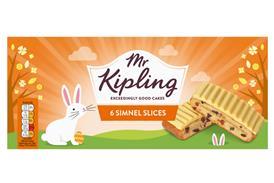



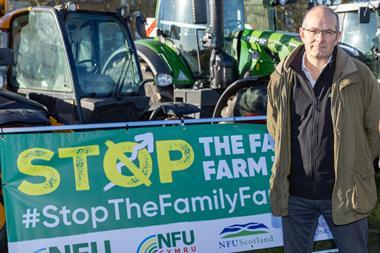


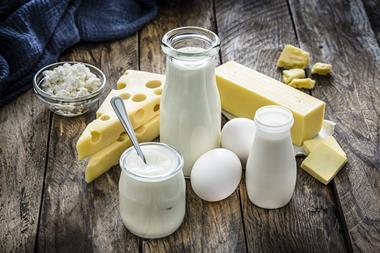

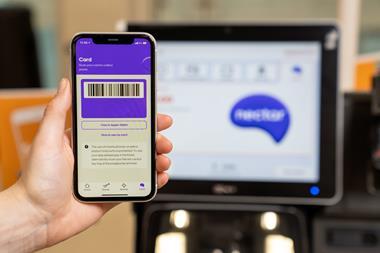


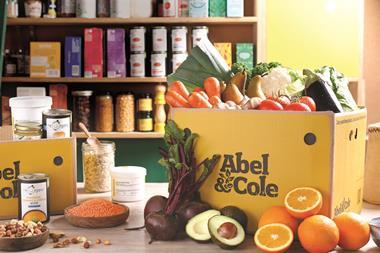
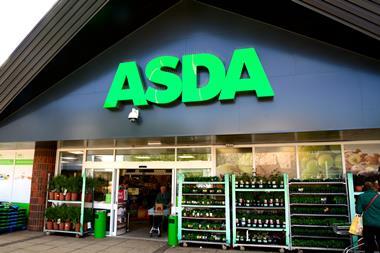
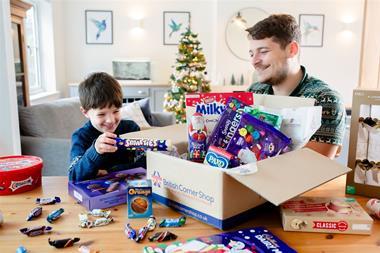
No comments yet